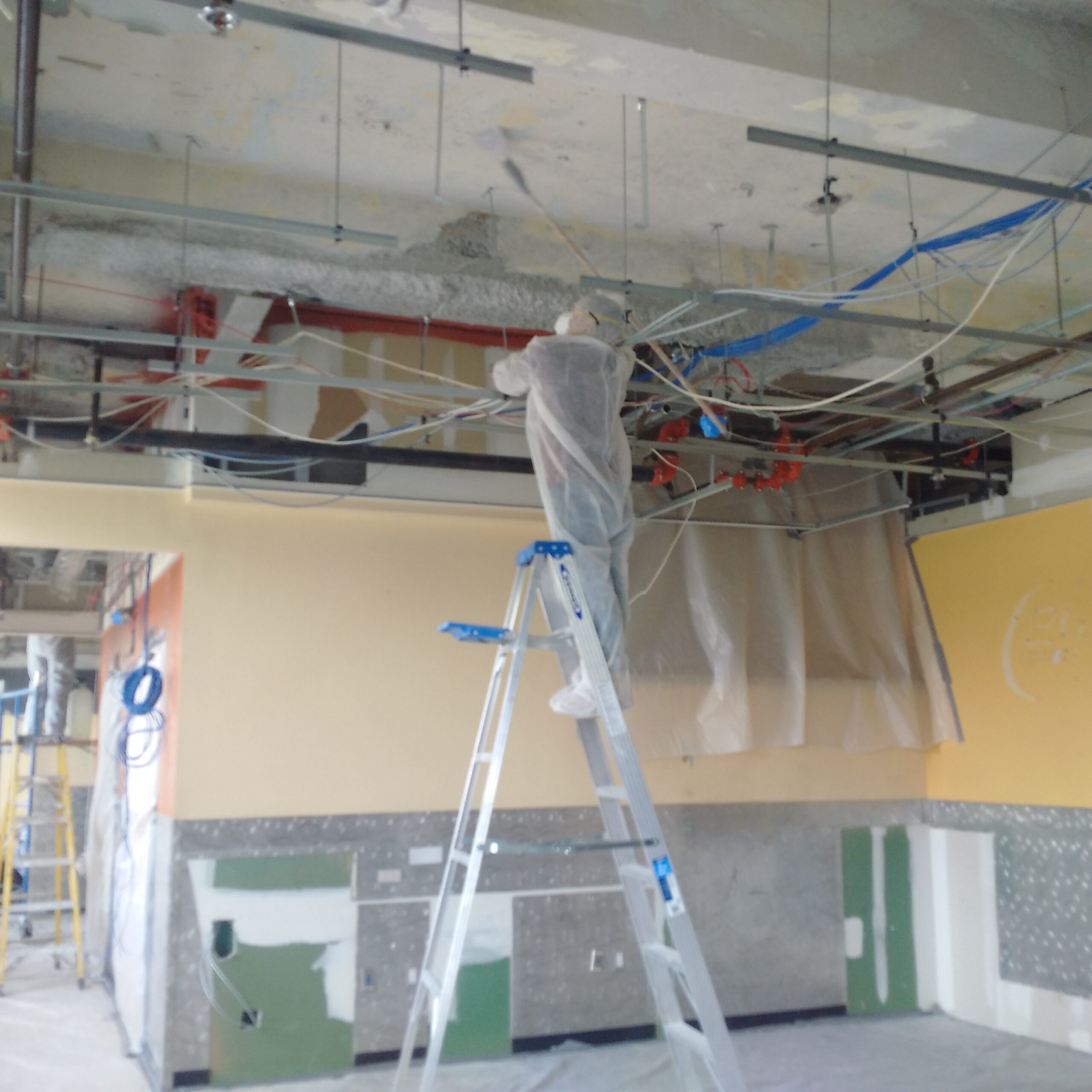DOH & HPD Lead Violation Removal NYC-- Expert Providers for Conformity
DOH & HPD Lead Violation Removal NYC-- Expert Providers for Conformity
Blog Article
Comprehensive Overview on Effective Lead Offense Removal Techniques
In the realm of environmental safety and security, dealing with lead violations requires a careful and organized technique. This extensive overview starts by highlighting the vital initial actions of determining lead dangers with advanced evaluation and testing approaches. The guide specifies on the value of adhering to rigorous safety and security procedures during the elimination process, including the usage of proper PPE and separating impacted areas.
Recognizing Lead Risks
Recognizing lead dangers is a crucial very first action in minimizing the risks connected with lead exposure. Lead, a hazardous steel, can be present in various ecological mediums, including paint, soil, water, and dust.
The preliminary phase in recognizing lead hazards entails understanding common lead sources within the developed atmosphere. Structures developed before 1978 are especially vulnerable as a result of the prevalent use lead-based paint during that period. Furthermore, soil contamination can happen from wearing away outside paint, commercial exhausts, or historical use leaded fuel.
An additional substantial source is lead piping and plumbing fixtures, which can leach lead right into alcohol consumption water. Customer items such as playthings, porcelains, and imported products might additionally contain dangerous lead levels. Notably, occupational settings and leisure activities entailing lead can track impurities into homes.
Evaluation and Testing
When resolving lead dangers, effective evaluation and testing are vital. Initial analysis usually entails a visual examination to determine possible lead resources, such as wearing away paint or polluted dirt.

Dirt clean sampling is one more crucial technique, especially in residential setups. By accumulating samples from floors, windowsills, and other surface areas, this approach provides insights right into possible direct exposure dangers. Dirt testing around building boundaries is crucial to find lead contamination that could position risks, particularly to kids.
Safe Elimination Treatments
Upon finishing complete analysis and testing, carrying out secure elimination treatments is the next crucial phase in resolving lead threats. This procedure ensures that lead-contaminated materials are successfully and securely eradicated, minimizing danger to both workers and locals. The initial step includes isolating the affected location making use of plastic bed linen and correct securing strategies to stop the spread of lead dust.
Employees need to put on ideal individual safety tools (PPE), including respirators, gloves, and non reusable coveralls, to minimize direct exposure. Utilizing specialized tools and damp approaches, such as wet sanding or making use of HEPA-filtered vacuums, reduces the diffusion of lead bits. It is crucial to stay clear of completely dry sanding or unpleasant blasting, as these methods can create damaging lead dust.
Garbage disposal is an additional important element; all contaminated materials must be firmly nabbed and classified according to EPA and regional regulations. In addition, complete cleaning of the job area with HEPA vacuum cleaners and wet cleaning guarantees the elimination of residual lead fragments.
Post-Removal Verification

Verification of successful lead removal, understood as post-removal confirmation, is crucial to go to this site ensure the safety and habitability of the remediated area. This assessment makes certain that all well-known resources of lead have actually been addressed and that no visible signs of contamination stay.
Complying with the visual assessment, ecological tasting is performed. This entails collecting dust, dirt, and sometimes water samples from the remediated area. Recognized laboratories analyze these samples to gauge lead levels, ensuring they drop listed below the safety thresholds developed by governing bodies such as the Environmental Protection Agency (EPA)
On top of that, air top quality testing click over here may be performed to spot airborne lead particles, specifically in situations where considerable lead-based paint elimination or remodelling has actually taken place. The results of these tests give measurable data validating that the lead degrees are within allowable limits.
Ultimately, post-removal verification offers as a critical checkpoint, validating the efficiency of the lead abatement initiatives and safeguarding the health and wellness of occupants and visitors.
Preventive Actions and Maintenance

A crucial safety net consists of making use of lead-safe licensed professionals for any kind of restoration, repair, or paint tasks. These experts are learnt practices that decrease lead dust and particles. Furthermore, keeping painted surface areas to avoid breaking or peeling off is necessary, as weakening paint can launch lead fragments right into the environment.
Educational efforts targeting home proprietors and renters relating to the dangers of lead and the significance of reporting any kind of possible dangers can better boost preventive efforts. Routine cleansing making use of HEPA vacuums and damp wiping techniques can dramatically decrease lead dust build-up.
Verdict
In summary, efficient lead infraction elimination necessitates a careful approach including comprehensive analysis, specific testing, and rigid elimination treatments. Making certain safety through appropriate isolation and personal safety equipment stays extremely important. Post-removal verification via ecological tasting and air quality testing confirms compliance with well-known safety and security criteria. In addition, recurring examinations and upkeep are necessary to minimize future lead risks, thus safeguarding public health and making certain continual conformity with regulative requirements.
Report this page